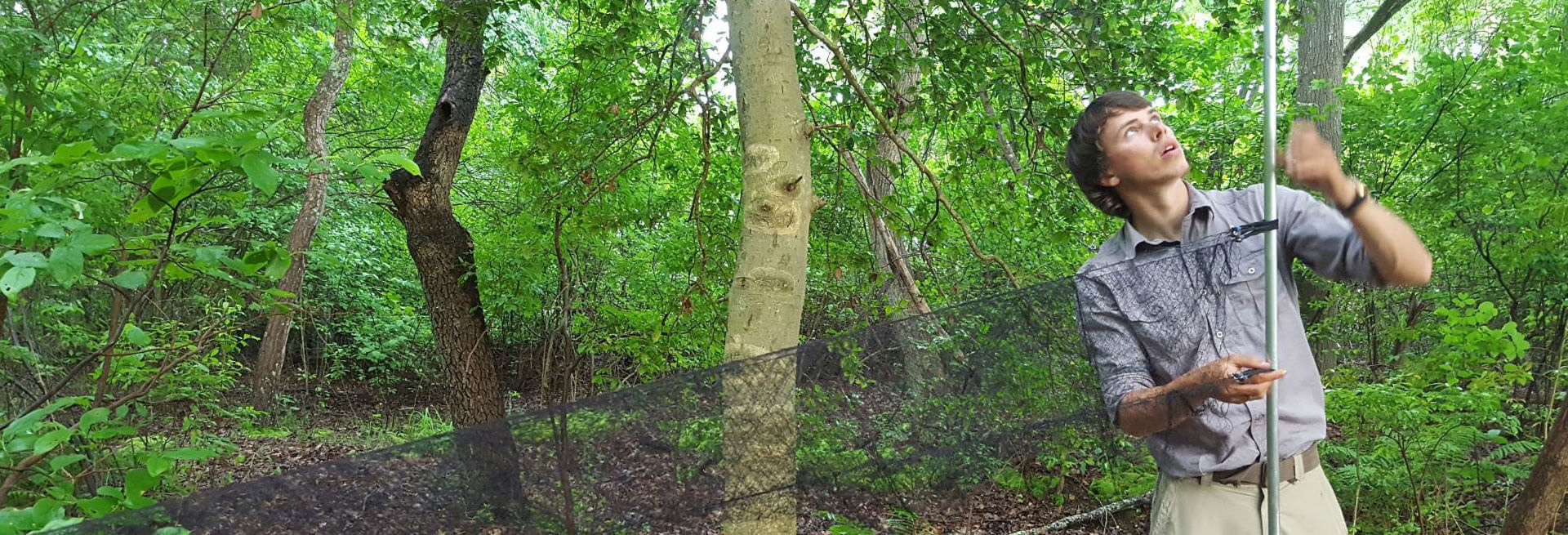REPORTING WILDLIFE
Did you see any rare, endangered, or threatened wildlife, or perhaps an injured wild animal in New Jersey? Find out how to report those sightings, contact a wildlife rehabilitator, and more.

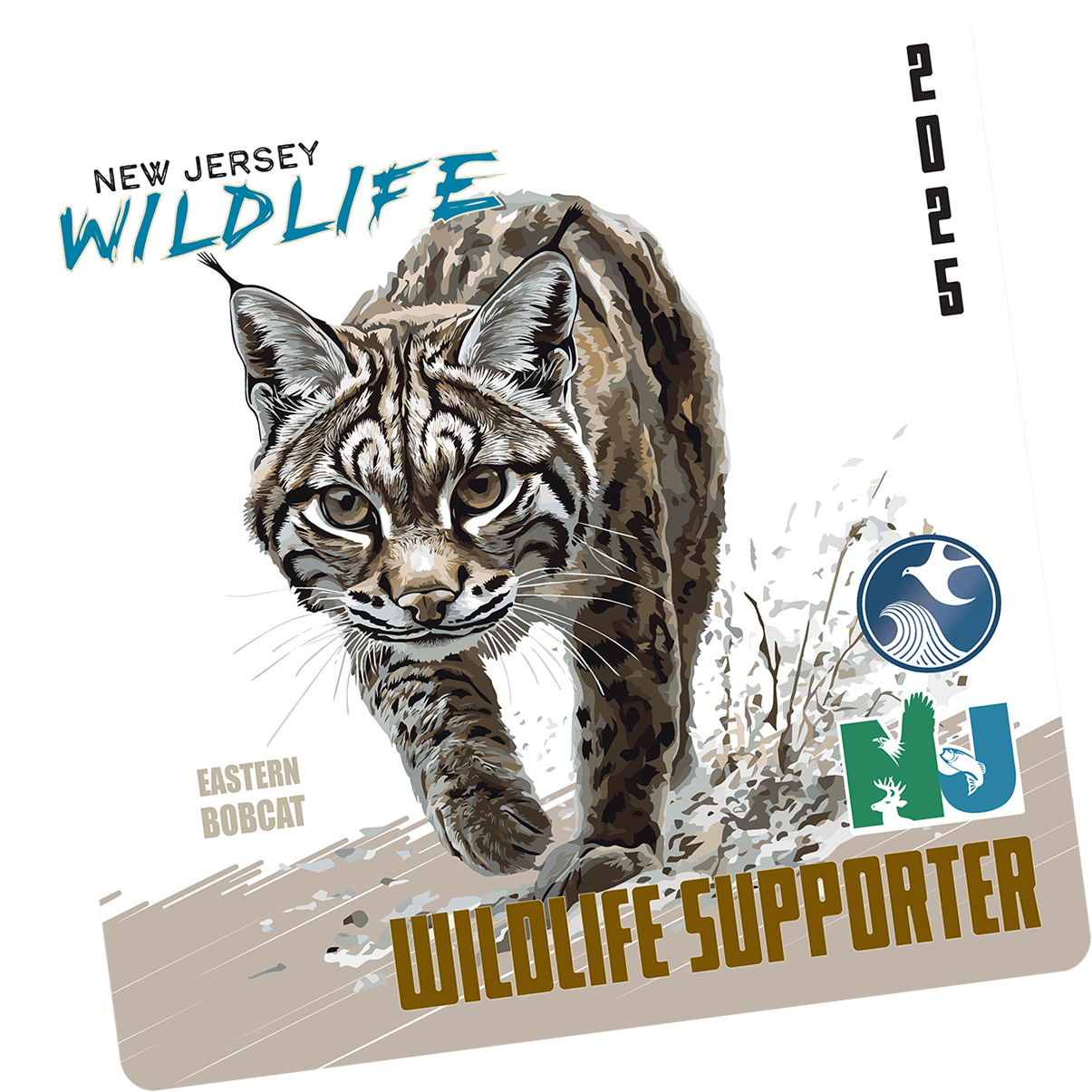
BECOME A WILDLIFE HABITAT SUPPORTER
Show your commitment to conserving New Jersey’s fish and wildlife species and the habitats on which they depend with a brand new 3rd edition Wildlife Habitat Supporter sticker!
You can help maintain New Jersey’s incredible diversity of fish and wildlife species while also protecting and enhancing the many habitats on which they depend.
WMA OF THE MONTH
WMA OF THE MONTH
BLACK RIVER WMA
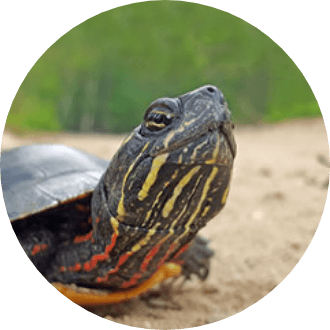
CHECK OFF FOR WILDLIFE!
Contribute to the New Jersey Endangered Wildlife Fund when you file your State income taxes. It’s as easy as checking the box on your NJ 1040 income tax return.
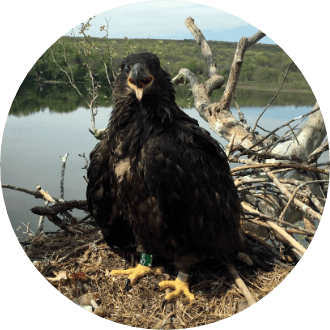
DRIVE CONSERVATION HOME
Buy a $50 Conserve Wildlife license plate and promote wildlife conservation. 80% of your payment goes directly to the Endangered and Nongame Species Program.
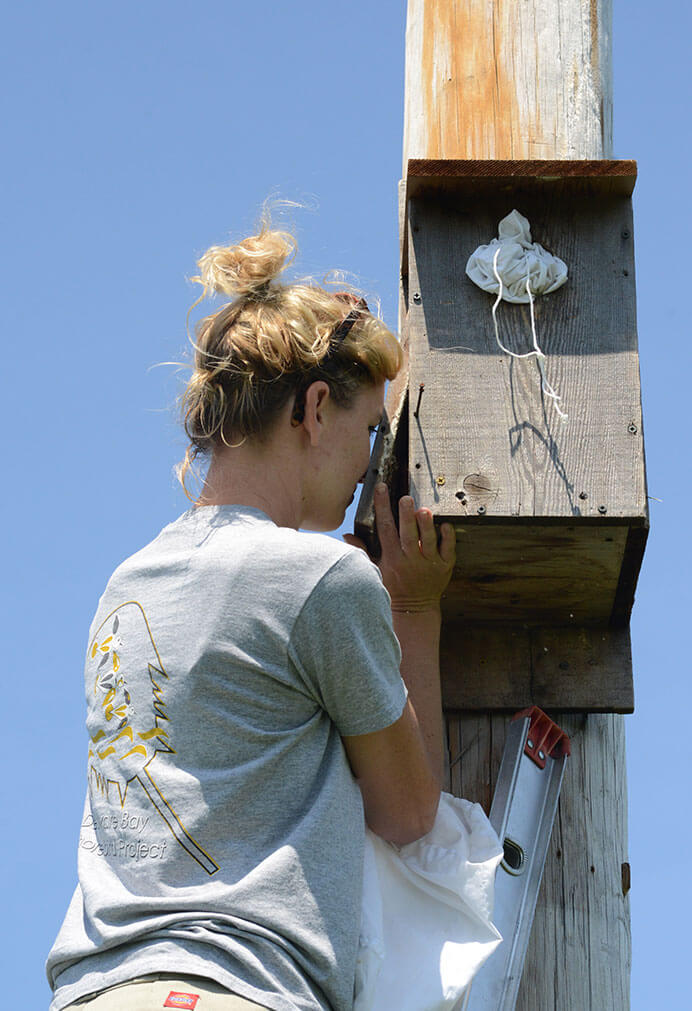
VOLUNTEER
CURRENT AND ONGOING OPPORTUNTIES
Protecting, managing, and providing recreational use of New Jersey’s fish and wildlife resources while educating New Jerseyans about the value of these resources cannot be accomplished without the help of volunteers. Wildlife Conservation Corps (WCC) volunteers can directly assist with a wide range of monitoring, research, education, and habitat projects like hunting and fishing education, bald eagle nest monitoring, upkeep of hunter training ranges, trout stocking, and protecting nests on beaches. Other ways to help out include creating backyard habitats and putting up bat houses and bird boxes.
MISSION AND WORK
The mission to protect and manage New Jersey’s wildlife to maximize their long-term biological, recreational and economic values for all New Jerseyans is accomplished by two bureaus within Fish and Wildlife. The Bureau of Wildlife Management maintains healthy and diverse game and furbearing wildlife populations while the Endangered and Nongame Species Program conserves New Jersey’s biological diversity by maintaining and enhancing endangered, threatened, and nongame wildlife.
 Official Site of The State of New Jersey
Official Site of The State of New Jersey

